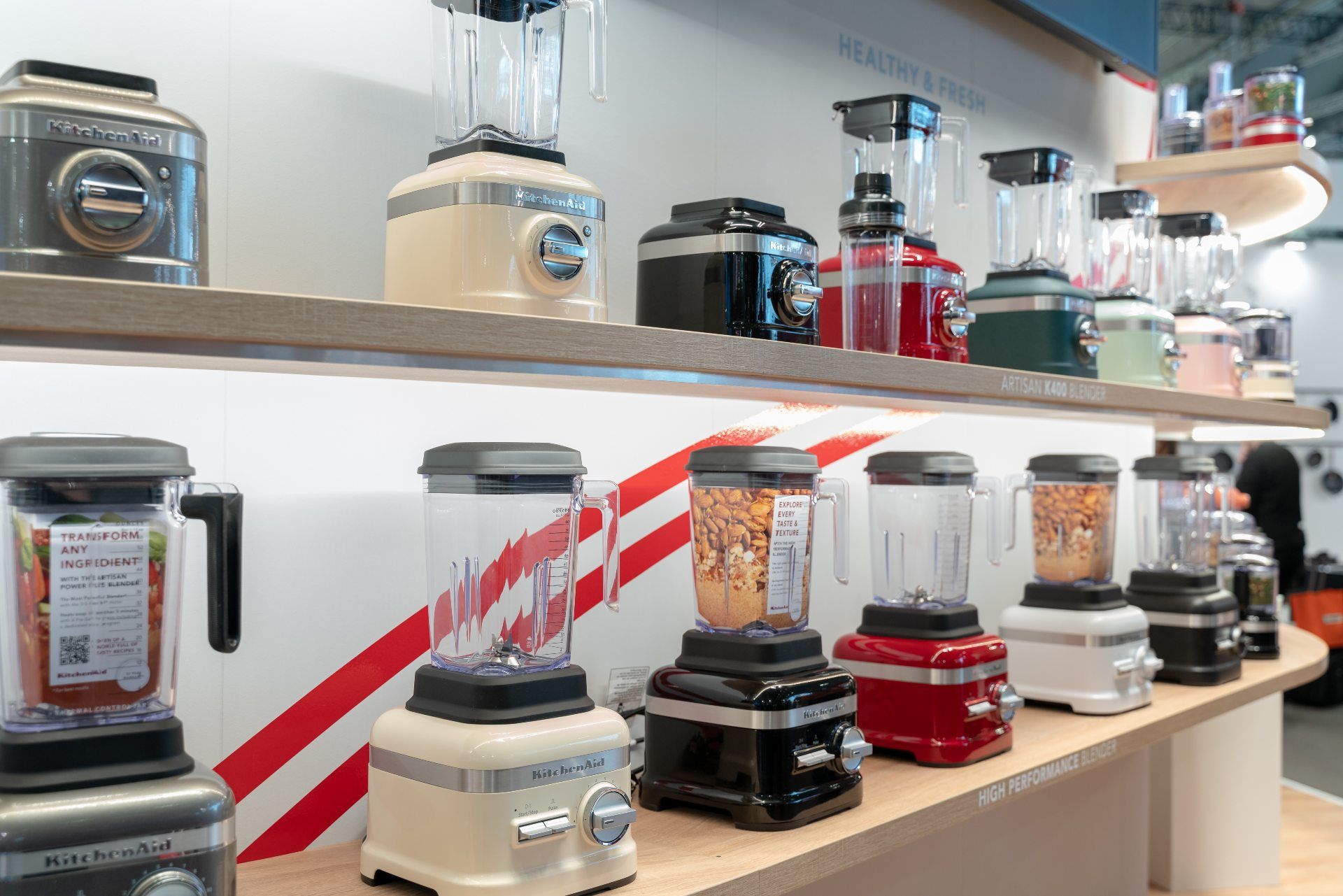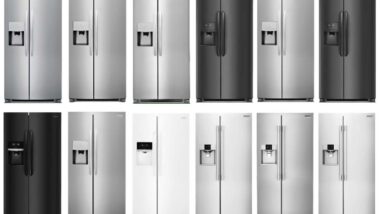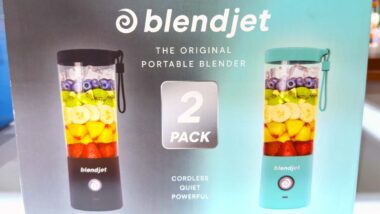Top Class Actions’s website and social media posts use affiliate links. If you make a purchase using such links, we may receive a commission, but it will not result in any additional charges to you. Please review our Affiliate Link Disclosure for more information.
A federal judge dismissed the majority of claims in a KitchenAid blender class action lawsuit against Whirlpool but allowed some claims to go forward.
U.S. District Judge Walter H. Rice dismissed 19 of the 25 counts in the KitchenAid blender class action lawsuit regarding deceptive horsepower marketing. Claims for breach of warranty, unjust enrichment and negligent misrepresentations claims have all been scrapped, but Judge Rice has given the plaintiffs leave to amend their suit and try again with some of these claims.
Many of the warranty claims were dismissed by Judge Rice after the court agreed with Whirlpool’s assertion that the allegations shouldn’t be pleaded under state law. Instead, the company argued these claims belong under the scope of the Uniform Commercial Code (UCC).
The UCC requires plaintiffs to send a notice of claims before they are filed in a lawsuit, but Judge Rice found that three of the plaintiffs had failed to do so. As a result, the court dismissed these claims with prejudice.
Similarly, one plaintiff’s warranty claims under Maryland law was dismissed with prejudice due to a requirement that the plaintiff had privity of contract with Whirlpool. The plaintiff’s claims allegedly failed to establish that this privity existed.
Judge Rice also agreed to dismiss negligent misrepresentation claims on the basis that the plaintiffs failed to specify which state law would govern the proposed nationwide Class. However, the claimants have the opportunity to amend this claim.
Finally, the court dismissed unjust enrichment claims against Whirlpool after finding the contract between the plaintiffs and manufacturer is valid and enforceable. These claims will not have the opportunity to be amended.
Some of the claims in the KitchenAid blender power class action lawsuit were allowed to continue.
Although Whirlpool challenged claims under Ohio’s Consumer Sales Practices Act, Judge Rice found the company had been sufficiently put on notice of this act through a previous lawsuit.
At multiple points in the dismissal motion, Judge Rice noted some facts in the KitchenAid blender class action lawsuit aren’t appropriate to be debated in a motion to dismiss.
Instead, a motion for summary judgement may address some of Whirlpool’s issues with the case — including the argument that reasonable consumers could be misled by KitchenAid blender labeling.
Plaintiffs Judith Anderson, William Johnson, Eric Nathan, Chris Smith and Richard Tschernjawski filed their class action lawsuit against Whirlpool in November 2019.
According to the plaintiffs, KitchenAid blender products were labeled as being “particularly powerful” in terms of horsepower — providing 3.5 peak horsepower for the Pro Line and 3.0 peak horsepower for the High-Performance Line.
However, the marketing claims surrounding these appliances are allegedly false and misleading.
According to the plaintiffs, it is not possible for the KitchenAid blender products to reach the advertised horsepower when plugged into a standard 120-volt, 15- or 20-amp outlet found in most homes.
“All of Whirlpool’s overstated horsepower representations are designed to mislead consumers into believing the Blenders have much more power than they actually have, leading to consumers overpaying for Blenders and/or causing consumers to purchase the Blenders instead of other manufacturers’ blenders or less expensive blenders,” the KitchenAid blender class action lawsuit alleges.
Although all but six of the plaintiffs’ claims have been dismissed, the KitchenAid blender owners have the opportunity to filed an amended complaint with edits to eight of the dismissed claims.
Did you purchase a KitchenAid blender? Did your blender’s power disappoint based on KitchenAid’s representations? Let us know in the comment section below.
The plaintiffs are represented by W.B. Markovits, Paul M. De Marco and Terence R. Coates of Markovits Stock & Demarco LLC, Nathan D. Prosser of Hellmuth & Johnson PLLC and Mark J. Schirmer of Straus & Boies LLP.
The KitchenAid Blender Class Action Lawsuit is Nathan, et al. v. Whirlpool Corp., Case No. 3:19-cv-00226, in the U.S. District Court for the Southern District of Ohio.
Read About More Class Action Lawsuits & Class Action Settlements:
Florida Voters Fight For Deadline Pushback After Website Crash
Over 1,000 Officers Sue D.C., Police Department for Alleged Overtime Pay Shortages
Uber Sexual Assault, Lyft Driver Rideshare App Lawsuit Investigation

















6 thoughts onJudge Dismisses Most Claims In KitchenAid Blender Class Action Lawsuit
Please add me I have two and definitely did buy them due to being the most powerful!
Add me please
Add me
Please add me
i received one for a gift and within 6 months it broke and never used it again they would not help me at all to fix it
Add me please